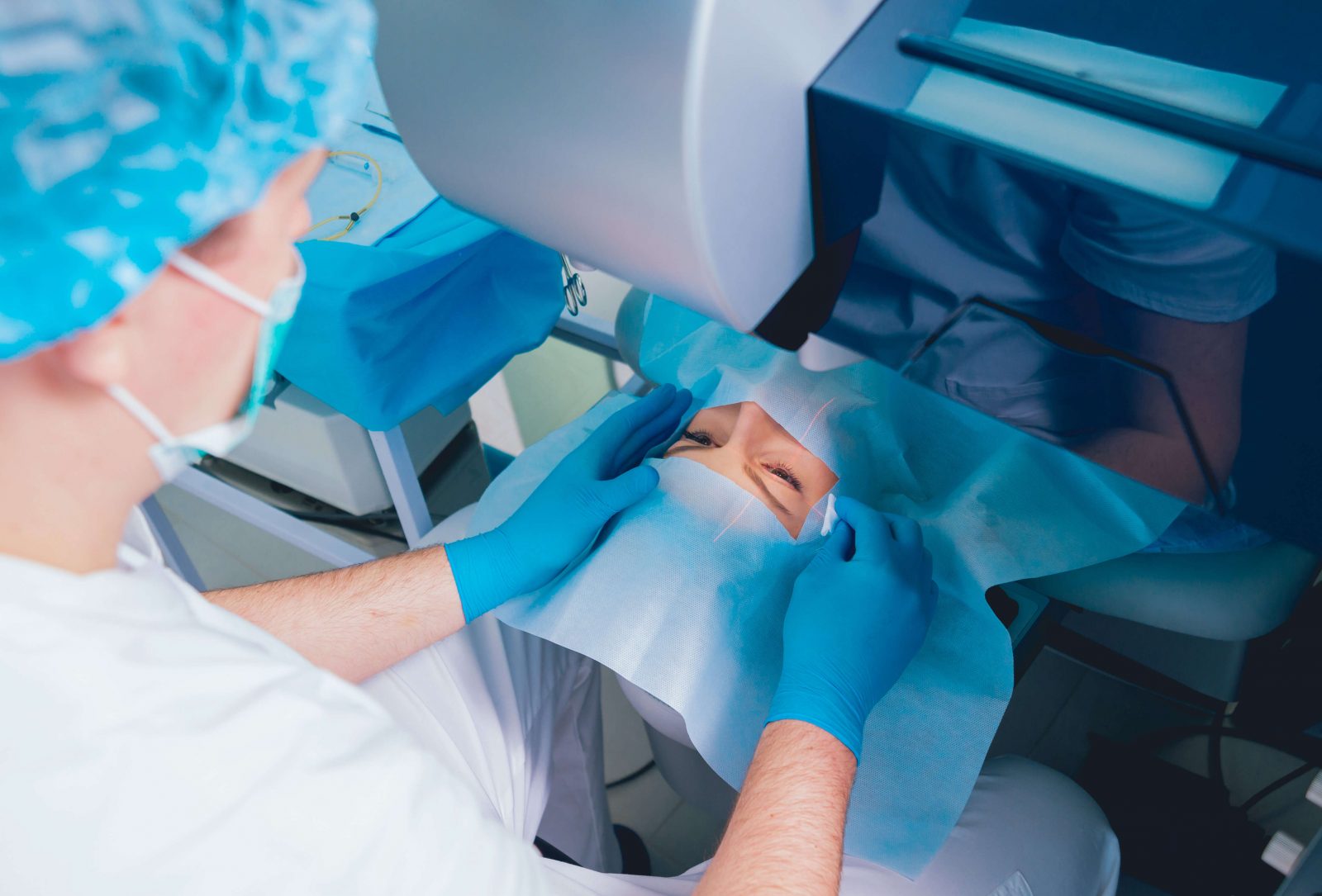Dr. Ella Faktorovich is among the leading ophthalmologists practicing in San Francisco. As an innovator in the development of advanced vision correction treatments, she has achieved worldwide acclaim for her contributions in the field of refractive surgery. Dr. Faktorovich founded Pacific Vision Institute more than twenty years ago. Under her leadership, Pacific Vision Institute is the first in the Bay Area to bring the industry’s newest diagnostic and treatment technologies for LASIK and Cataract Surgery patients. Dr. Faktorovich is the founder and remains the Chair of the Annual San Francisco Cataract, Cornea, and Refractive Surgery Symposium dedicated to the continuing education of the Bay Area eye doctors in refractive surgery and other aspects of advanced patient eye care. She is a recognized leader in this groundbreaking vision correction technique, with her definitive textbook used in educating eye surgeons around the world.
 Photo Credit: Shutterstock
Photo Credit: Shutterstock
LASIK is a popular vision correction procedure that Haute Beauty expert Dr. Ella Faktorovich specializes in. This surgery is used to resolve a person’s nearsightedness, farsightedness, and astigmatism. When one is interested in LASIK surgery, just like any other procedure, they would make a consultation appointment.
Prior to sitting with the doctor, most are only aware of the benefits LASIK can provide them. That being the case, Haute Beauty sat down with Dr. Faktorovich to find out the facts that surprise patients the most when they come in for an appointment. Here’s what she had to say:
1. The staff testing the laser is as important as the surgeon using the laser.
LASIK eye surgery lasers are very complex and sensitive machines. The work we do with them is measured in sub-microns. In order to perform perfectly, the lasers need to be continuously tested and their performance-optimized to make sure the treatment energy they deliver stays within a narrow range of optimized parameters. Such work is best done by laser engineers present on-site and running the lasers during patient treatments. The educational background of such individuals is essential to their ability to optimize laser performance for each patient.
2. Surgeons can be easily compared based on their outcomes generated by an independent statistical outcomes analysis company.
Access to this company is available to all surgeons free of charge and regardless of the type of laser equipment they use. The caveat is – clinics must be willing to invest time and resources inputting all of their data into the statistical engine. The data is then subjected to an independent statistical analysis, called regression analysis. Such a process not only assures accuracy in planning patient treatments, based on the outcomes of previous patients but also allows comparison of individual surgeons’ outcomes based on how likely they are to achieve better than 20/20 vision. Patients can then use this information in selecting the surgeon for their own treatment.
 Photo Credit: Shutterstock
Photo Credit: Shutterstock
3. It takes less than a day to recover from LASIK.
Patients often think it takes more time to recover from LASIK than it usually does. We advise patients to keep their eyes closed for 4 hours after LASIK surgery. Most patients like to take a nap or listen to podcasts or books on tape during that time. After that, they can even go out to dinner. Typically, patients return to work the very next day. We recommend not getting water in their eyes for about a week, but otherwise, patients typically resume their usual activities the day after LASIK, including running, biking, and working out.
4. If someone is not a good candidate for LASIK, there is usually an alternative.
Not everyone is a LASIK candidate. But LASIK is not the only type of surgery that can be done to successfully reduce or eliminated dependence on glasses and contacts. Patients with thin corneas, uneven corneas, patients whose prescriptions are not in the range for LASIK, can often be treated with other procedures. Photorefractive Keratectomy (PRK) is an excellent alternative and so are the Implantable Collamer Lens (ICL) surgery and Refractive Lens Exchange (RLE) surgery. Patients shouldn’t get discouraged if they are told they are not a LASIK candidate and should seek a second opinion from surgeons who perform different types of refractive surgeries.
For more information, visit Dr. Brian A. Levine's social media:

























